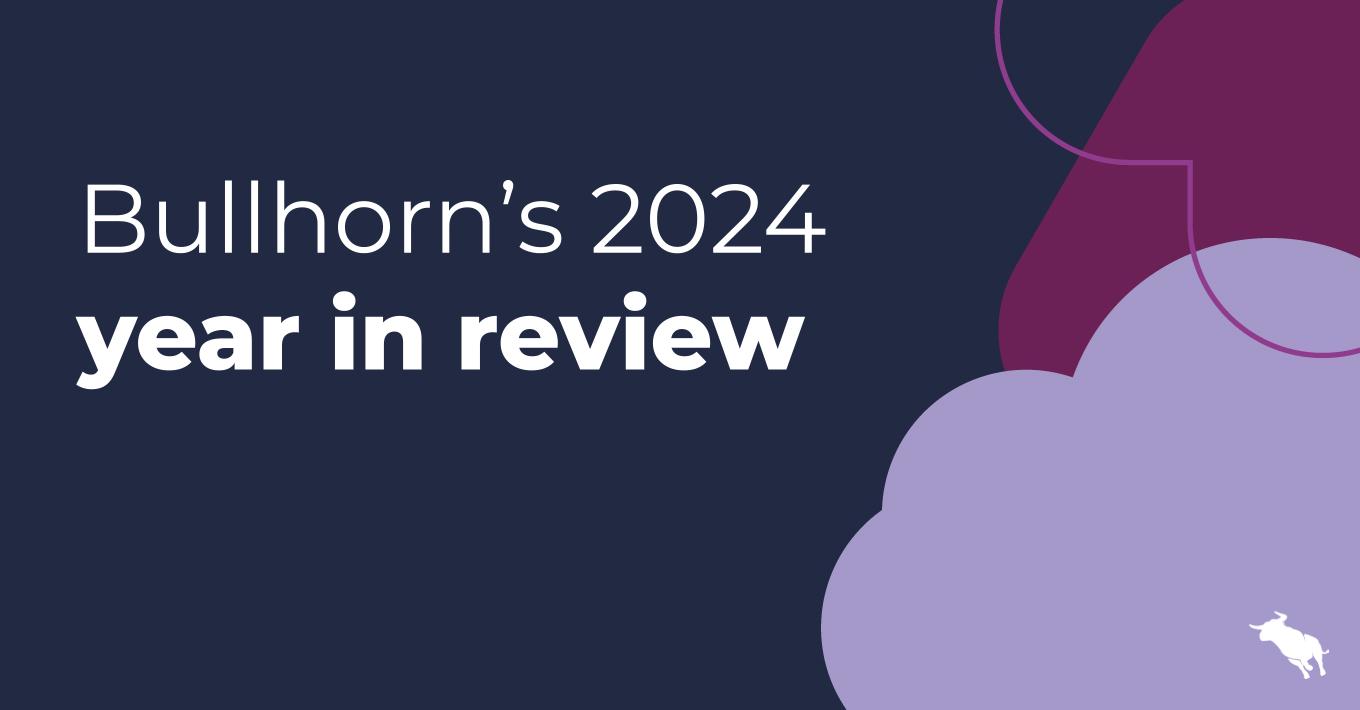The U.S. government is changing how it categorizes people by race and ethnicity for the first time in 27 years. Specifically, the update will more accurately count residents who identify as Hispanic and of Middle Eastern and North African heritage.
The decision, which was announced by the Office of Management and Budget March 28, is geared toward the 2030 U.S. Census. It’s the latest effort to account for the increasing diversity in the country, and acknowledge calls by citizens to see themselves represented in data produced by the federal government.
Given the update, employers should consider incorporating the update into workforce data and pay equity audits.
What it Means for Employers
A Middle Eastern and North African category will be added to the choices available for questions about race and ethnicity. People descended from places such as Lebanon, Iran, Egypt and Syria had been encouraged to identify as White, but now will have the option of identifying themselves in the new group.
The EEO-1 reporting form for employers will also change as federal agencies with demographic reporting requirements, including the EEOC and the OFCCP, will have to comply with this change by March 28, 2029 (but are able to enforce sooner).
Webinar: Exploring Pay Equity: Establishing a Strong Foundation
Results from the 2020 census, which asked respondents to elaborate on their backgrounds, suggest that 3.5 million residents identify as Middle Eastern and North African. The result is an information gap on this subset of the population.
The same principle holds true when conducting a pay equity audit at your organization.
Your workforce demographics for the purpose of workplace equity laws are segmented by the protected categories of gender, race/ethnicity, age, and disability. Thus, when conducting a pay equity analysis, a subset of your workforce could be falling into a racial category (White) that doesn’t accurately capture their/race ethnicity.
Therefore, pay or opportunity inequities could exist at your organization that you won’t find in the current raw data. By implementing the MENA category, you will be able to identify and rectify any pay inequities experienced by this group. Additionally, you will have a more accurate portrayal of your White employee population — critical for developing pay remediation strategies.
We recommend you move swiftly to update your workforce demographic data to account for the MENA category if you haven’t already.
Steps for Employers
If your organization already accounts for this level of racial granularity in its HR data, you simply need to audit whether it’s being applied across all workplace equity efforts.
If you are not already accounting for the MENA category at your organization, here are some potential action items to better position yourself for pay equity efforts:
- Analyze workforce data. Closely examine HR data to determine whether employees have been given the option to identify as MENA. Audit existing employee demographic data to ensure you understand current data before proceeding with updates.
- Employee surveys. Updating HR information systems can be made easier by asking employees to respond to surveys that include the option to update their race with the MENA category included.
- Build the category into HRIS. Once you’ve addressed the option for current employees to provide racial data with a MENA option included, update your HRIS. Ensure you are updating as needed with new employees.
- Conduct an updated pay equity analysis. With a more comprehensive and accurate portrayal of the racial makeup of your employee population, you can proceed with a pay equity analysis.
From there, you should ensure your pay equity audit is done with a comprehensive solution.
Stay Ahead of Potential Pay Inequities
Making sure your organization is paying equitably is a legal imperative. Pay equity software solutions streamline the process and provide flexibility for your dynamic workforce.
How you are conducting your audits matters, and some marketplace solutions fall short of race and ethnicity compliance requirements. Trusaic’s pay equity software solution is the most legally-compliant on the market.
Achieve Authentic Pay Equity with Software
Our audits go wide and deep — way beyond pay gap reports. Our software conducts an analysis across your workforce at the intersection of gender, race/ethnicity, age, disability and more in one statistical regression analysis, on-demand.
With recent, market-leading enhancements, you are able to remediate pay disparities with enhanced precision and prioritize remediation efforts based on the ROI of each dollar spent.
Pay equity is a moving target because your workforce and organization are dynamic. Even if you carry out a regular proactive pay equity analysis and address pay inequities, new pay disparities may emerge when carrying out the next pay equity analysis.
As your workforce and your organization evolve, your pay equity situation evolves with it. A new racial category to account for in your pay practices is the latest example.
Stay ahead by leveraging Trusaic’s premier software solution and expert guidance.








